

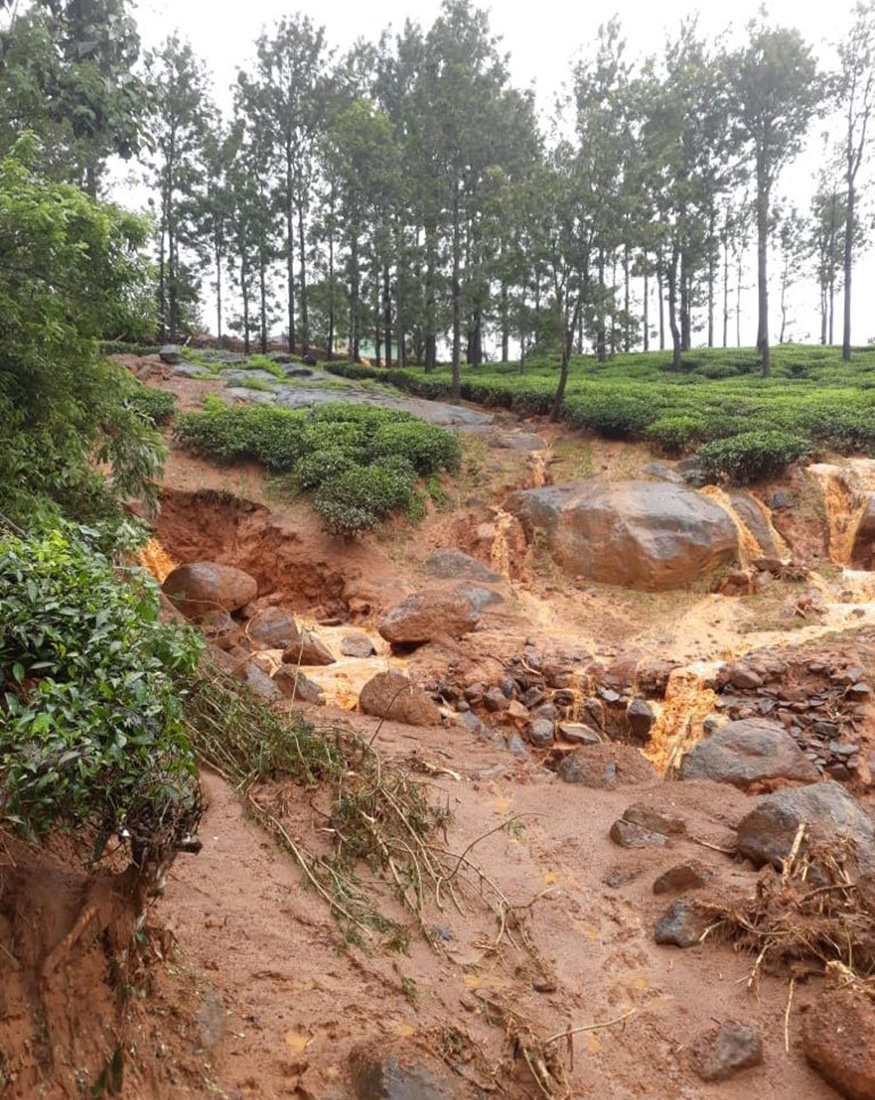
In the aftermath of the devastating landslide in Wayanad, experts warn of similar tragedies in the region due to extreme rainfall and a low-pressure trough. The northern districts of Kozhikode, Wayanad, Kannur, and Kasargod received heavy rainfall, leading to the tragedy. Prone to landslips, areas like Mundakkai and Churalmala were hit the hardest, with studies finding that dense clouds over the Arabian Sea can cause landslides. A mini cloud burst in Misos Scale has resulted in 15-20 centimetres of rain in just 2-3 hours, further exacerbating the situation.
Cloud Bursts: A Threat to Wayanad and Beyond
Introduction
The recent landslide tragedy in Wayanad, Kerala, has brought to light the devastating potential of cloud bursts. This phenomenon, characterized by intense rainfall within a short period, can trigger landslides, flash floods, and other catastrophic events.
Background
Cloud bursts occur when a large volume of water vapor condenses rapidly in the atmosphere, forming thick clouds. These clouds contain numerous water droplets that can grow heavy enough to overcome the force of gravity and fall as rain. In extreme cases, cloud bursts can release several inches of rain within a matter of hours.
The Western Ghats, a mountain range that runs along the western coast of India, is particularly prone to cloud bursts. The moist air from the Arabian Sea rises rapidly as it encounters the mountains, leading to rapid cloud formation and condensation.
Wayanad Landslide
On August 8, 2022, a cloud burst in Wayanad district led to a massive landslide that killed at least 18 people. The landslide hit the villages of Mundakkai and Churalmala, which are located in a region known for its history of landslides.
Studies have shown that the dense cloud cover over the Arabian Sea can contribute to landslides in the Western Ghats. The clouds trap rainfall, preventing it from evaporating. As a result, the ground becomes saturated, increasing the risk of landslides.
Other Affected Regions
In addition to Wayanad, other districts in Kerala have also been affected by cloud bursts in recent years. In 2018, a cloud burst in Idukki district caused widespread flooding and landslides, displacing thousands of people.
Top 5 FAQs
1. What is a cloud burst? A cloud burst is a sudden and intense rainfall that can release several inches of rain within a short period.
2. What causes cloud bursts? Cloud bursts occur when a large volume of water vapor condenses rapidly in the atmosphere, leading to the formation of thick clouds that release heavy rainfall.
3. What areas are most prone to cloud bursts? Areas with high humidity and mountainous terrain, such as the Western Ghats in India, are particularly prone to cloud bursts.
4. How can cloud bursts be prevented? While it is difficult to prevent cloud bursts from occurring, early warning systems and disaster preparedness measures can help mitigate their impact.
5. What are the long-term effects of cloud bursts? Cloud bursts can have devastating long-term effects, including landslides, flooding, and damage to infrastructure. They can also cause erosion, loss of vegetation, and displacement of communities.

The Royal Society of Chemistry has submitted its recommendations for improving science education in England through an evidence-based call for feedback. With just one week left for the 22 November deadline, the Society is urging stakeholders to voice their opinions on the current science curriculum and suggest potential improvements. The review aims to address issues such as outdated curriculum, accessibility to science education, technical qualifications and sustainability. Join the discussion and have a say in shaping the future of science education in England.
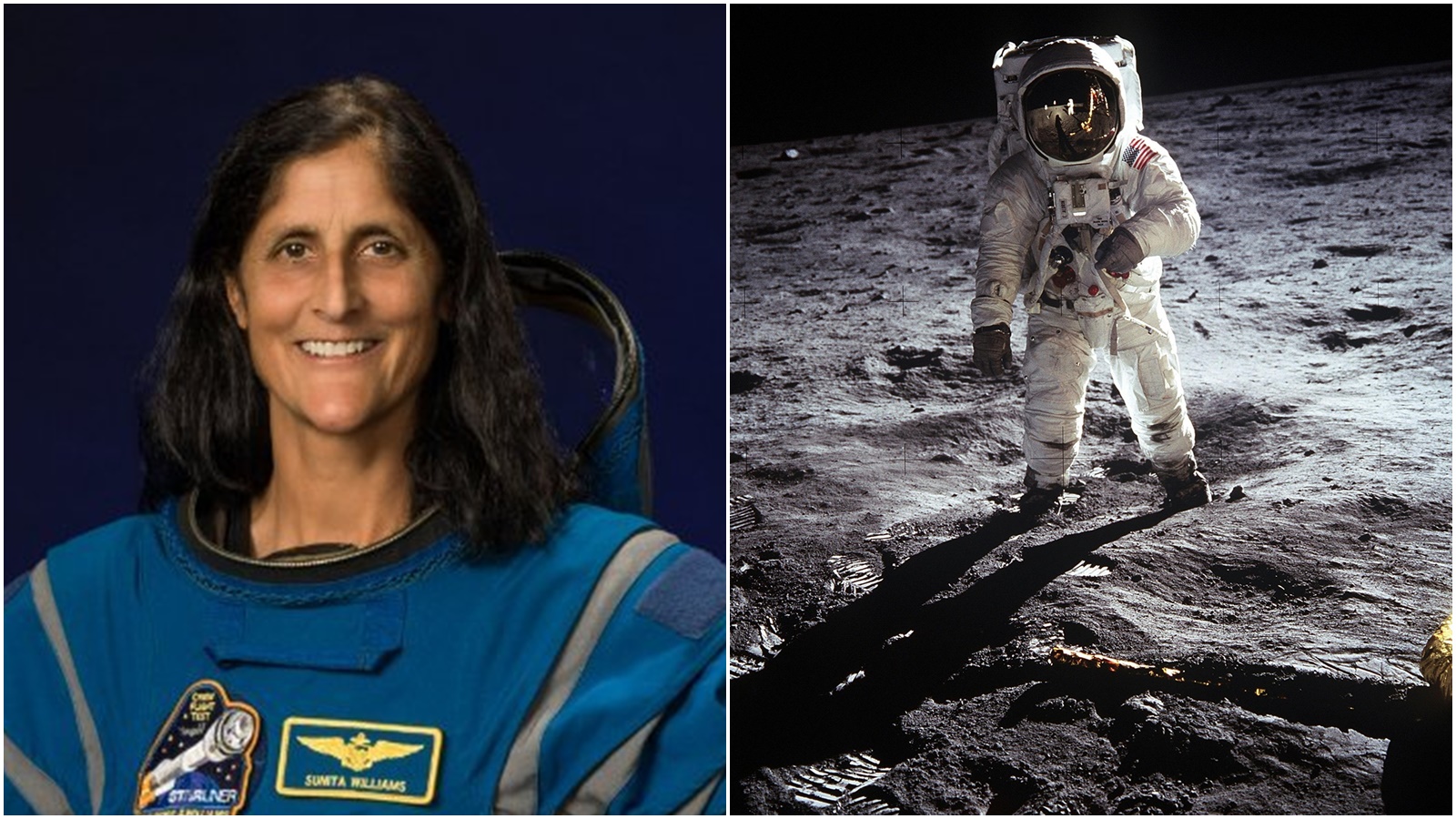
Indian-origin astronaut Sunita Williams addresses concerns about her health and weight after spending months on the International Space Station (ISS). In an interview with the New England Sports Network (NESN), she discussed her physical condition and cleared up rumors about drastic weight loss. She also shared insights on the effects of microgravity on the body and the importance of exercise for maintaining bone density in space.

After four astronauts, including NASA's Michael Barratt, Matthew Dominick, and Jeanette Epps, were rushed to the hospital upon their return from the ISS, there have been growing concerns about the physical toll spaceflight takes on astronauts. With the recent spotlight on NASA's Sunita Williams and concerns over her health, the agency has stepped in to assure the public that all astronauts are in good health and spirits. However, with investigations into the reason for the hospitalisation still ongoing, the incident serves as a reminder that spaceflight is still a largely unknown territory.

NASA astronauts Sunita Williams and Barry "Butch" Wilmore, currently on an extended mission on the International Space Station, have reported weight loss. This is due to fluid shifts in space causing changes in the body. Despite concerns about their health, NASA has assured the public that the astronauts are closely monitored and in good health. The agency has also warned against sharing any leaked details about the astronauts' health. This comes after a recent incident with the SpaceX Crew-8 mission, raising questions about the effects of extended space travel, but NASA maintains that Williams and Wilmore are doing well.

Learn about the chronic disease that plagues millions of Indians and its underlying causes. Diabetes is a condition that affects the body's production and use of insulin, resulting in high blood sugar levels. Find out the difference between type 1 and type 2 diabetes and how it can lead to serious health complications.

Vice-President Jagdeep Dhankhar's speech at the 83rd foundation day of the Council of Scientific and Industrial Research highlights the importance of research and development in advancing science. He emphasizes the need to find answers to unanswered questions and the potential for growth and innovation in this field. This contribution will help in scaling up the work of IIT Madras and promoting scientific advancement globally.
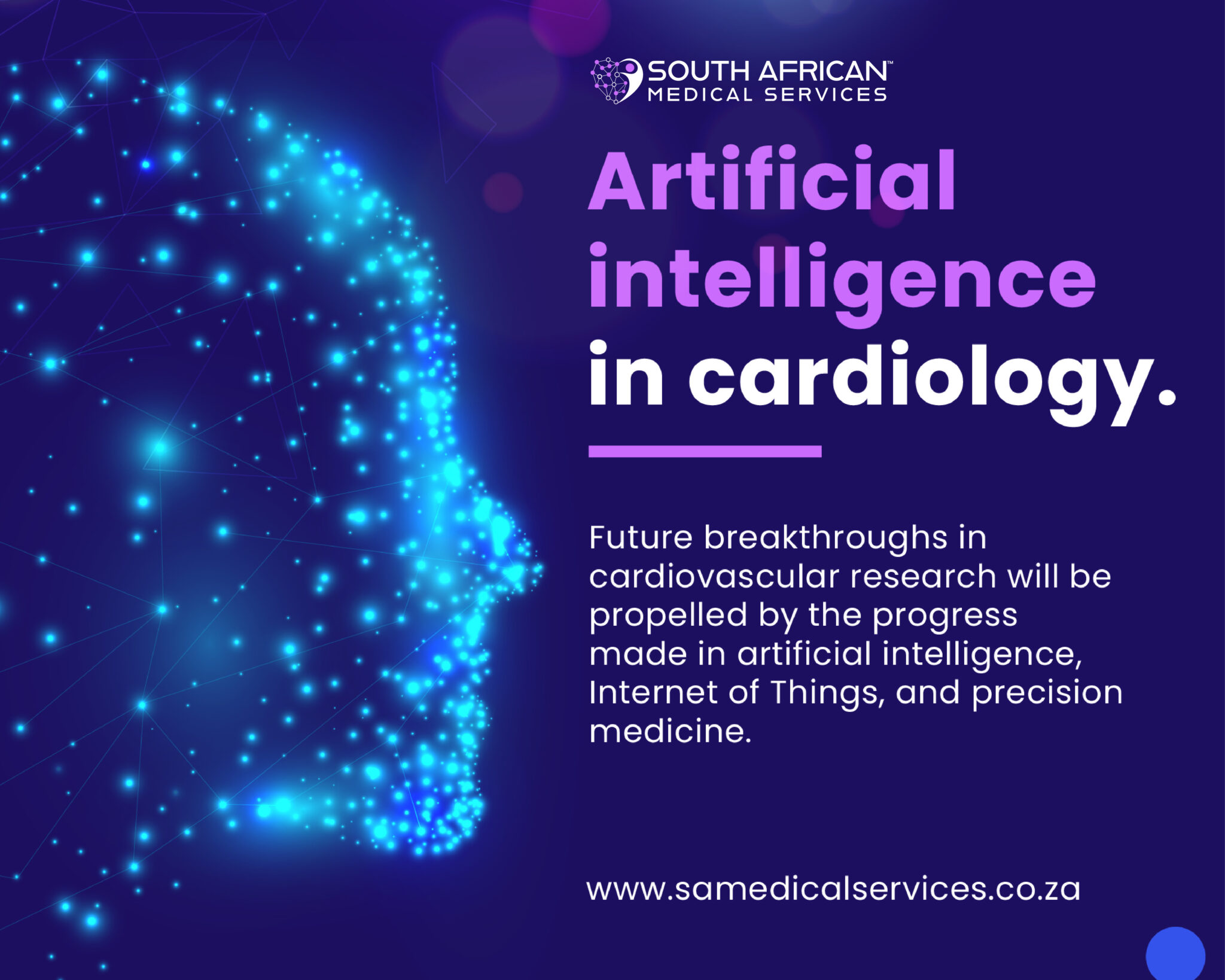
Cardiology experts at the Global Cardiology Summit in New Delhi predict that Artificial Intelligence (AI) has the potential to transform the treatment of heart diseases in India. With the ability to analyze large amounts of data, AI can aid in early detection, personalize treatment plans, and improve patient outcomes. Experts also noted that AI can benefit the healthcare sector in India, particularly in rural areas, where access to advanced care is limited. The two-day summit brought together world-class cardiologists, researchers, and healthcare professionals to discuss the latest advancements in cardiology and the role of AI in cardiac diagnostics and patient management.
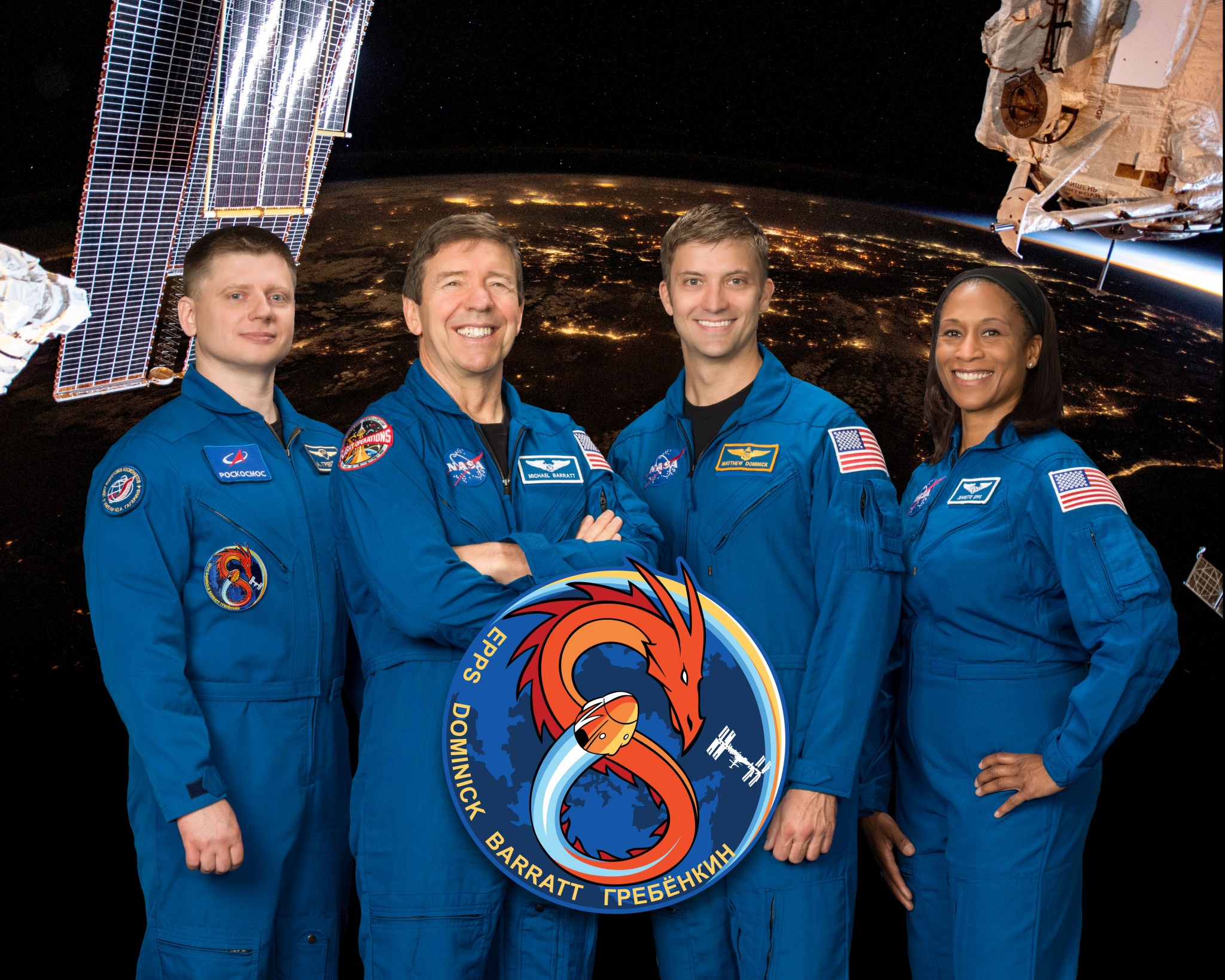
Four NASA crew members from the recent Crew-8 mission held a press conference addressing their brief hospitalization upon returning from the ISS. Although the astronauts stated they were in good health, NASA has not disclosed details of the incident. The extended mission was due to delays caused by technical issues with the new Starliner spacecraft, but the astronauts reflect positively on the experience of spending extra time in space.
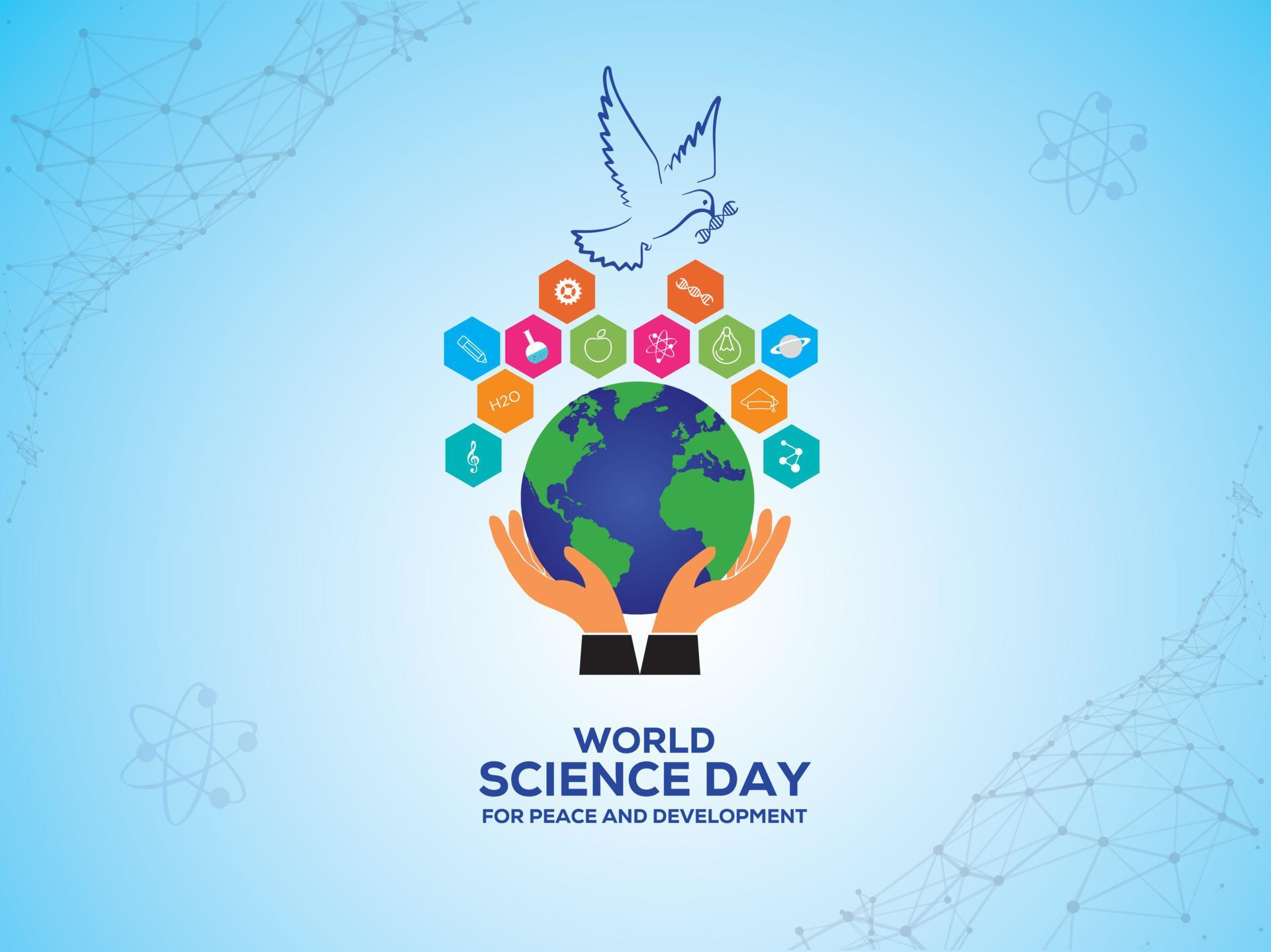
Every year on November 10, World Science Day for Peace and Development commemorates the vital role of science in our society. This day, proclaimed by UNESCO in 2001, aims to raise awareness about the importance of scientific knowledge in everyday life and its role in sustainable development. This year's theme, 'Why Science Matters - Engaging Minds and Empowering Future,' highlights the significant contributions of scientists towards shaping a better future for our planet. Through collaborations and educational efforts, World Science Day for Peace and Development continues to inspire global engagement with science for the betterment of society.

An unnamed NASA astronaut was flown to a hospital on Friday after returning to Earth from a record-breaking 235-day stay on the International Space Station. The crew of four, which included US astronauts Matthew Dominick, Michael Barratt, and Jeanette Epps, as well as Russian cosmonaut Alexander Grebenkin, splashed down off the coast of Florida early Friday morning, marking the longest stay in orbit for SpaceX's reusable Crew Dragon spacecraft. The crew's return was delayed due to hurricanes in the expected splashdown zones, and the cause of the astronaut's medical issue remains undisclosed.